
In a groundbreaking development for military operations, the Pentagon is redefining the future of warfare through its Combined Joint All-Domain Command and Control (CJADC2) initiative. This high-tech venture aims to connect U.S. and allied forces worldwide, integrating operations across land, sea, air, space, and cyberspace.

But the approach envisioned is anything but the centralized command depicted in Hollywood blockbusters.
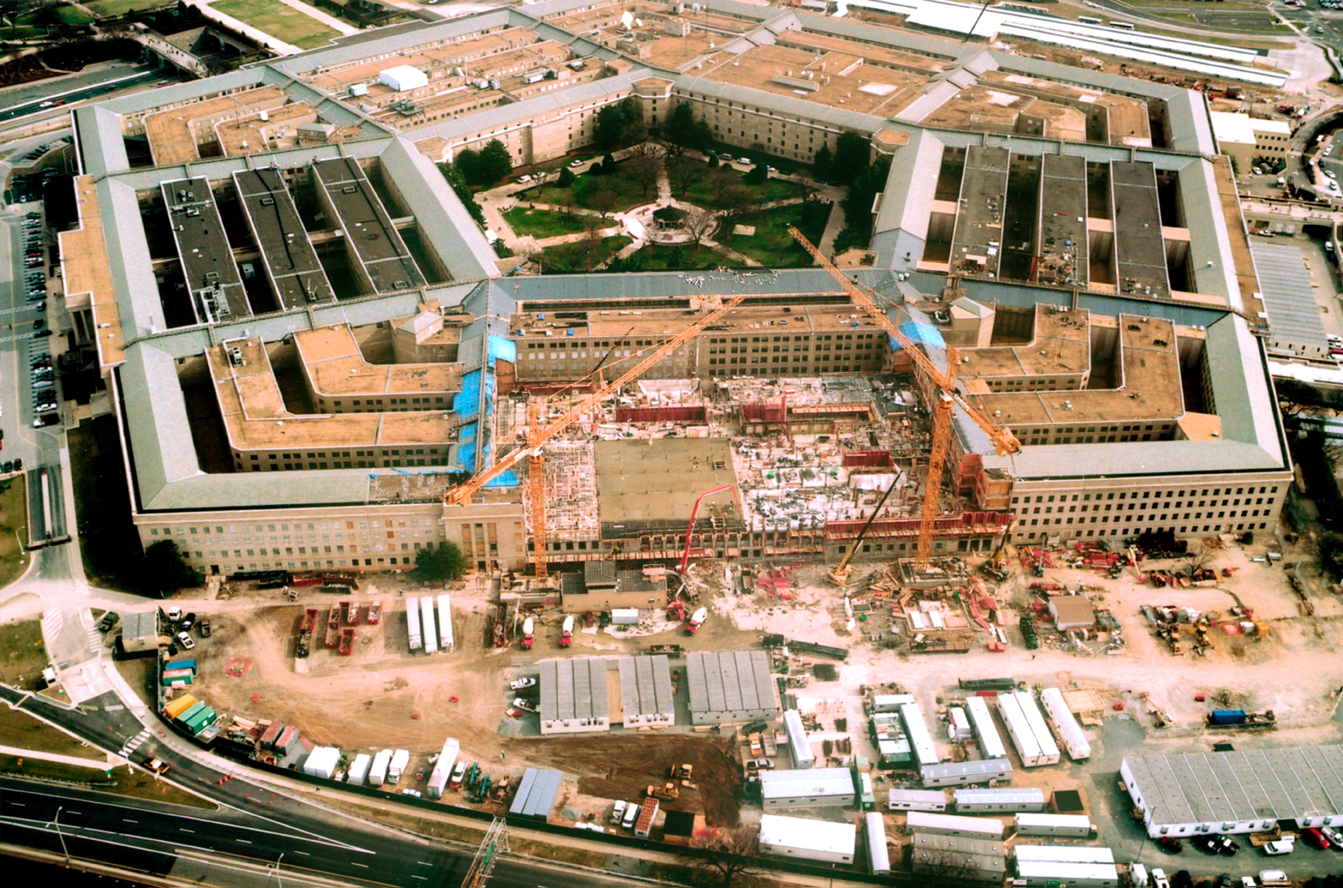
Reconstruction of the Pentagon continues nearly around-the-clock as construction crews pour cement for floors and walls on Feb. 6, 2001, to replace those damaged in the Sept. 11, 2002, terrorist attack on the building. DoD photo by Grant Greenwalt. (Released)
During a C4ISRnet webinar, Col. Matthew Strohmeyer, director of the Global Information Dominance Experiments (GIDE), emphasized a shift from the pursuit of a monolithic “Common Operating Picture” to a more dynamic ecosystem of applications tailored to various levels of command.

The goal is not “one Common Operating Picture to rule them all,” Strohmeyer clarified, but rather “a heterogeneous mix of mission applications” that cater to the unique needs of commanders, staff officers, and junior leaders alike.

This initiative is supported by the Pentagon’s Chief Digital & AI Office (CDAO), which facilitates the GIDE experiments. The CDAO is set to offer standard tools, but the ultimate vision allows warfighters to develop their own applications as required, unlocking a vast pool of data to be shared across different armed services.
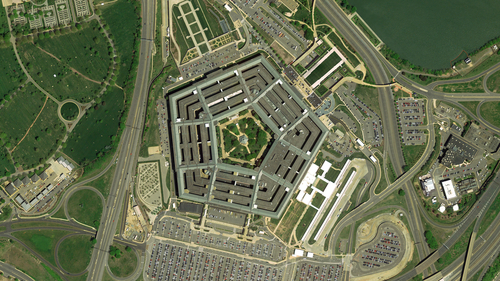
The challenge lies in “data awareness” and harmonizing disparate datasets, often locked in proprietary formats, which the CDAO is addressing through experimentation and mandates for Application Programming Interfaces (APIs) to ensure compatibility.
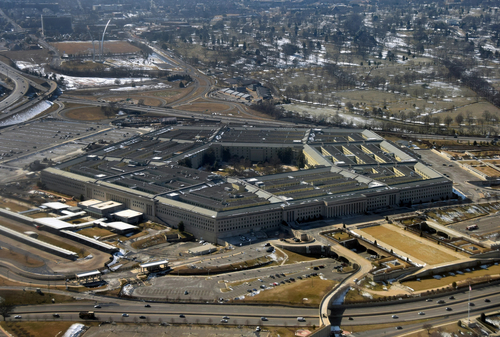
Moreover, the Pentagon announced new cybersecurity guidance focused on the principle of “reciprocity.” As explained by John Sherman, Chief Information Officer, this new approach ensures that once one office certifies a system as cyber secure, all other offices can accept it without the need for redundant certification processes.

This is a significant stride toward eliminating bureaucratic inertia, facilitating faster innovation, and also promises cost savings by allowing federal entities to share cybersecurity findings.

Furthering the evolution of CJADC2, the CDAO achieved a minimum viable capability via GIDE’s eighth experiment. Margaret Palmieri, Deputy CDAO, indicated that while legislative and budgetary constraints currently restrict full operational use, the initiative is poised for expansion with appropriated funding.

Upcoming experiments will look to integrate data systems with AI to optimize workflows and forge connections across multiple data fabrics and applications. GIDE 9 and 10 will align with ongoing Army projects and the Indo-Pacific Command’s exercises to refine and implement these capabilities at the tactical level.

The Pentagon’s CJADC2 project represents a transformative leap in military strategy, emphasizing speed, adaptability, and technological acumen. By integrating the vast capabilities of the U.S. military and its allies in a synergistic, decentralized manner, and bolstering cybersecurity practices, the Department of Defense is setting the stage for a new era of efficient and responsive warfare.
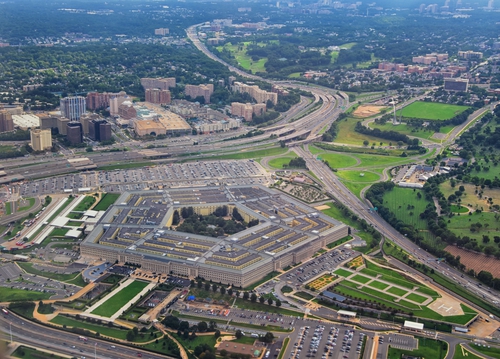
This initiative heralds a shift towards rapid innovation, where failure is not feared but embraced as a stepping stone to success, embodying a Silicon Valley mindset within the military’s operational framework. As capabilities continue to evolve, the exact future of CJADC2 might still be unfolding, yet the direction is clear: a nimbler, more connected force, empowered by data and technology.
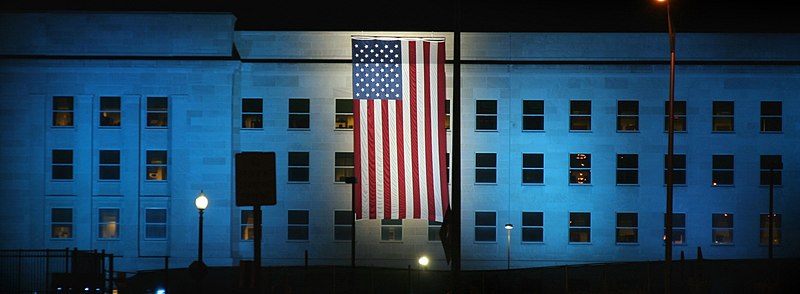


Relevant articles:
– CJADC2: Let 100 applications bloom, not ‘one to rule them all,’ says GIDE director, Breaking Defense
– Pentagon announces new reciprocity guidance to streamline software adaptation, Breaking Defense
– Experiments enabled a CJADC2 minimum viable capability—but it’s not fully accessible yet, Pentagon says, DefenseScoop
